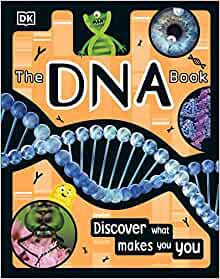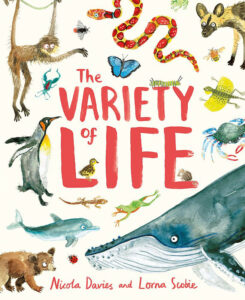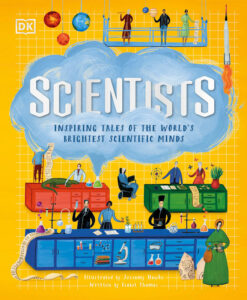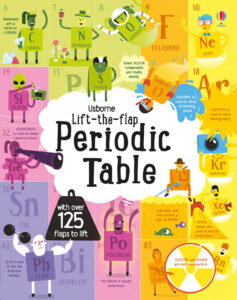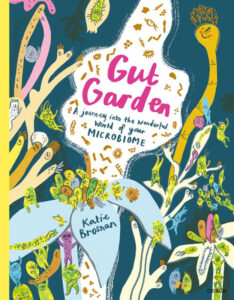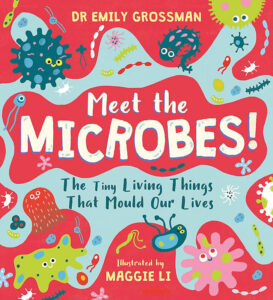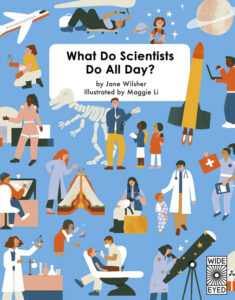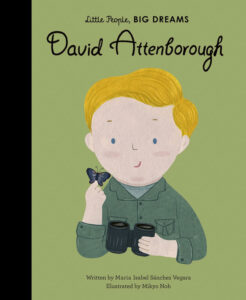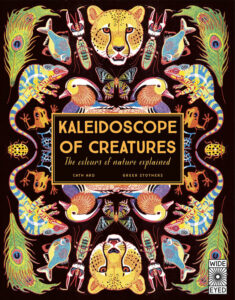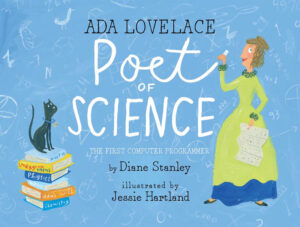This book introduces children ages 7-9 to the amazing science of DNA, genetics, and what makes you you.
It’s inside every living plant and animal, from the tiniest seed to the person standing next to you, but how much do you know about DNA? This book gives children an in-depth look at DNA and its role in all living things–from why we have different-colored eyes to why we age. Discover what DNA is, what it does, and how it shapes our lives, including inheritance and why we look like our parents; forensic science and how DNA evidence helps catch criminals; and genetic engineering and if we could bring dinosaurs back to life. With fun illustrated DNA characters, clear diagrams, and astonishing photographs, children will love learning about themselves and this all-important molecule.
The DNA Book is packed with colorful illustrations and mind-boggling facts, perfect for curious young minds. It’s a great addition to any STEAM library and decodes how DNA underpins life on Earth.







